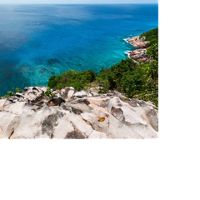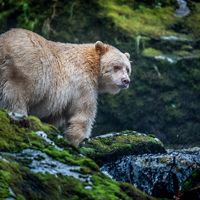The Nature Conservancy is a global environmental nonprofit working to create a world where people and nature can thrive.
Founded at its grassroots in the United States in 1951, The Nature Conservancy has grown to become one of the most effective and wide-reaching environmental organizations in the world. Thanks to more than a million members and the dedicated efforts of our diverse staff and more than 400 scientists, we impact conservation in 79 countries and territories across six continents.
Our Priorities
We are focusing on these key areas in order to achieve our ambitious mission.
-

Tackle Climate Change
-

Protect Land & Water
-

Provide Food & Water Sustainably
-

Build Healthy Cities
Follow the Science
[/et_pb_text][/et_pb_column][/et_pb_row][et_pb_row _builder_version=”4.5.6″ _module_preset=”default” column_structure=”2_3,1_3″][et_pb_column _builder_version=”4.5.6″ _module_preset=”default” type=”2_3″][et_pb_image src=”http://designerofreality.com/wp-content/uploads/2020/09/nature02.jpg” _builder_version=”4.5.6″ _module_preset=”default” alt=”Nature Conservancy” title_text=”Nature Conservancy” url=”https://www.nature.org/en-us/about-us/who-we-are/our-history/” url_new_window=”on” hover_enabled=”0″][/et_pb_image][/et_pb_column][et_pb_column _builder_version=”4.5.6″ _module_preset=”default” type=”1_3″][et_pb_text _builder_version=”4.5.6″ _module_preset=”default” hover_enabled=”0″]Grounded in Science and Collaborative from the Beginning
The Nature Conservancy began when leading scientists, committed citizens and dedicated leaders came together with a shared vision to protect and care for nature. From our first land purchase to our latest water fund, we are constantly evolving to bring innovative solutions to the challenges facing our world.
[/et_pb_text][/et_pb_column][/et_pb_row][et_pb_row _builder_version=”4.5.6″ _module_preset=”default” column_structure=”1_3,1_3,1_3″][et_pb_column _builder_version=”4.5.6″ _module_preset=”default” type=”1_3″][et_pb_text _builder_version=”4.5.6″ _module_preset=”default” hover_enabled=”0″]
A Marine Protected Area the Size of Great Britain
We led a ground-breaking deal that protects nearly 160,000 square miles of ocean off of Seychelles while helping the small island nation pay off its debt and make important climate change adaptations. Explore More

Working at the Nexus of Nature and Medicine
We worked with health researchers and community organizers in Louisville, KY to launch a first-of-its-kind medical study on how planting more trees in cities positively affects residents’ health. Explore More

Protecting an Ancient Temperate Rainforest
We brokered a milestone agreement securing the long-term protection and sustainable management of 9 million acres of the ancient Great Bear Rainforest in British Columbia, Canada. Explore More

Using Tech to Map Coral Even Better
We used high-tech planes and satellites to create the highest-ever resolution maps of the Caribbean’s coral reefs in order to ensure the protection of these important ecosystems. Explore More

Helping Mongolia Conserve its Grasslands
We’ve used our science to help the Mongolian Government protect 26 million acres of pristine grassland over the past 10 years. We continue to work with the government on a plan for 120 million acres. Explore More
Stand With Us
Our mission demands that we do everything in our power to create a world where people and nature can thrive. Our science shows us that we can. From our historic work in land acquisition to our cutting-edge research that influences global policy, The Nature Conservancy is constantly evolving so that we can take on the world’s most important challenges.
[/et_pb_text][/et_pb_column][/et_pb_row][/et_pb_section]








